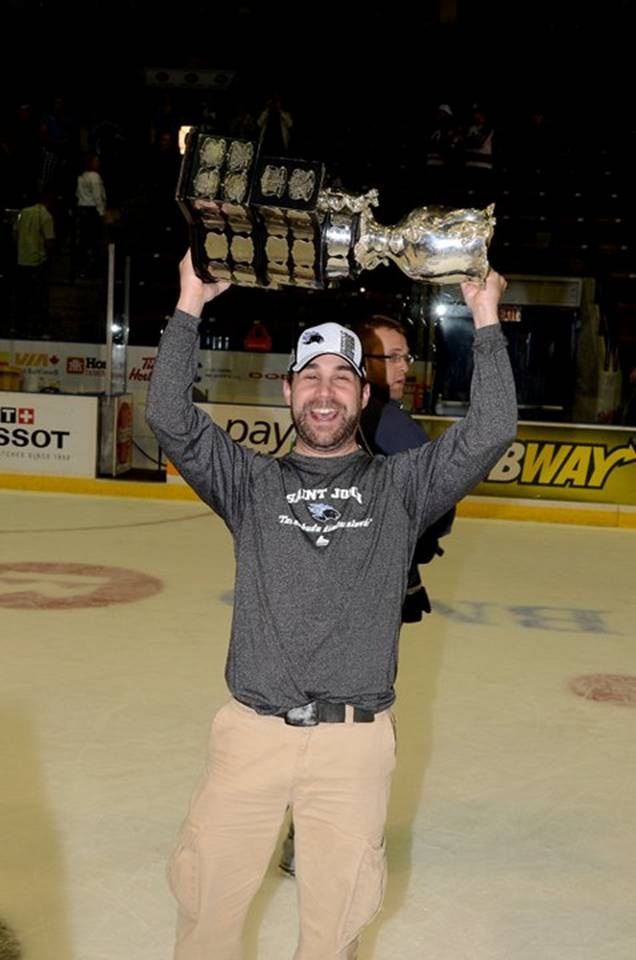How many dreams have you had in your life? How many of those dreams have come to fruition?
How many of your dreams are sitting on the back burner because you are afflicted with the crippling disease, “excuse-itis”?
Are there dreams of yours that have been deemed time-sensitive, and, therefore, supposedly void of life?
Is there such a thing as a dream being void of life? If not, why not? If so, what’s the formula to reviving it?
I’m very grateful that I have realized many of my dreams. That said, I must admit that there are some of them that remain sitting on the back burner, and some of them that lie victim, and paralyzed by “excuse-itis”.
I’ve been pondering the, “If not, why not?” and, “If so, how?”. I’ve determined that, recognizing the disease, and acknowledging my inaction, is the first step to creating the inertia to get me moving on the road to recovery from excuse-itis. No – not creating inertia, but something like, “overcoming the inertia”.
So, I must say that I’m finding it challenging, yet interesting and exciting, to begin the process of cleaning off the back burner, and exploring the possibility of reviving discarded or forgotten dreams.
One might ask, hey Terry, what has inspired you to all of a sudden begin pondering in such a reflective way?

Well, I’ve been inspired by my son, Jeff, who, just after high school, adopted what we refer to as, the Dream Adjustment model.
As a little kid of two, Jeff began playing tin can hockey with me; it was the way I learned to play the game at the Halifax School for the Blind in Nova Scotia, Canada, when I was a boy.
Jeff’s love of hockey began growing as he played with me, with the Halifax Hawks amateur league, then high school and junior hockey. He collected the cards, read the magazines; he came to know the players, their stats and stories. He wanted to play professionally, just like them.
Long story short, when Jeff realized that playing professional hockey wasn’t going to happen, he switched into “dream adjustment mode”, and decided to study to become a professional trainer/athletic therapist in the hockey world.
May we all come to know the joy of using the “dream adjustment” as an antidote for excuse-itis, and get more things happening in our lives by cleaning off our back burners.
Thanks for dropping by,
Terry